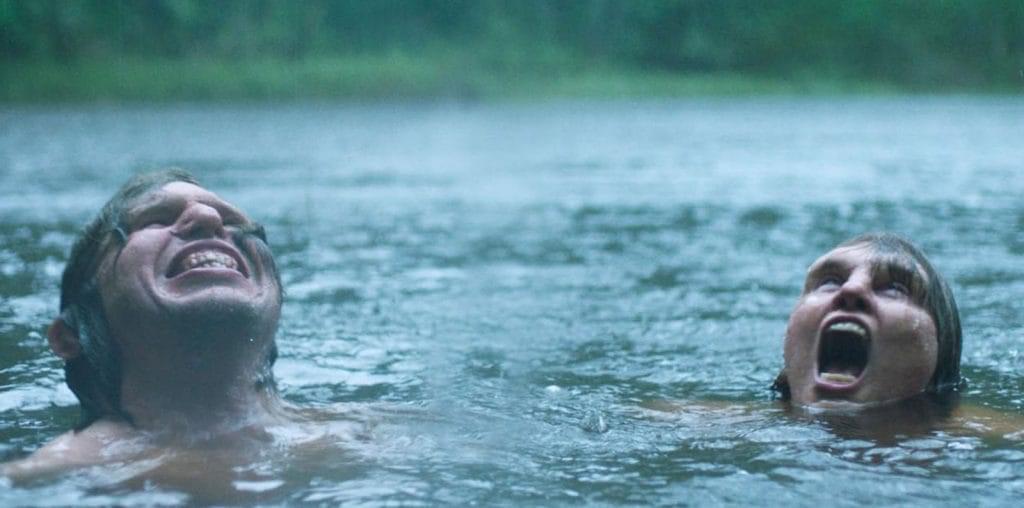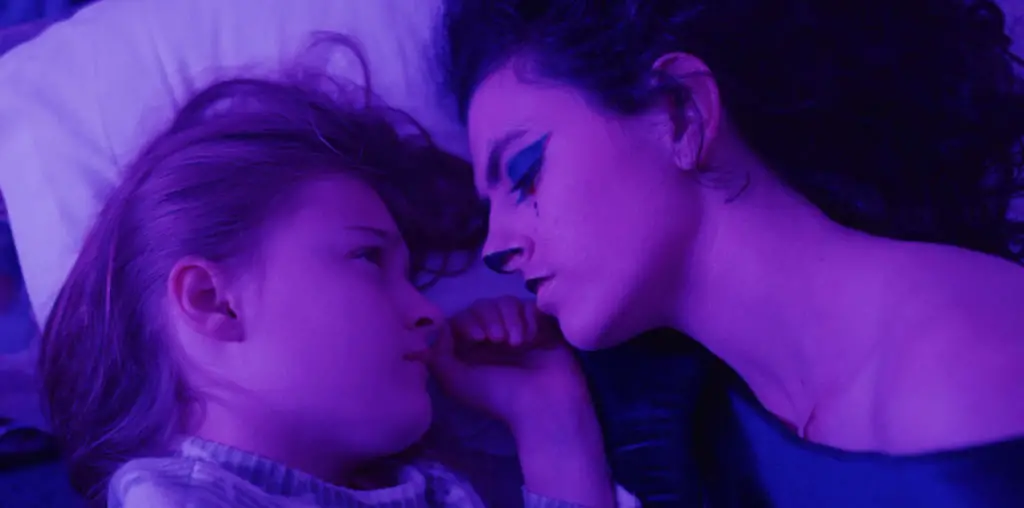
I’m not sure what I can say about Francis Ford Coppola’s “The Godfather Part II” that hasn’t been said already, and probably more eloquently, by someone else. With this film, Coppola managed to not only equal the original but also secure a Best Picture Oscar, among several others. No sequel had ever achieved such a feat before, and no sequel has come close since. For that alone, he has earned a spot in the pantheon of great filmmakers.
“The Godfather Part II” continues the saga of the Corleone family, this time paralleling the stories of Vito’s ascension to the title of godfather and Michael’s ruthless consolidation of power in the wake of his father’s passing, which occurred in the previous film. We see how Michael uses the wealth and power attained by his father to become even more brutal than Vito could ever be, and we see how those ambitions ultimately destroy the family that was actually more important to Vito than anything else.
Robert DeNiro, who screen-tested for the role of Sonny when the first film was in production, turns in a magnificent performance as young Vito, perfectly capturing Marlon Brando’s nuances—such as the slight brush of fingers against his check—and showing us how this man quickly and quietly learned the ways of New York City’s streets. Unlike many around him, Vito knows when to simply shut up and pay attention, soaking in the knowledge that he will need later. As we watch Don Fanucci act in a condescending manner toward him, for example, we can palpably see his self-restraint as he forces himself to wait for the right moment to strike, lulling his victim into a false sense of security before he delivers the fatal blow.
Al Pacino is equally wonderful as Michael, showing us how much he learned from his father despite his initial claim that he wanted nothing to do with his family’s business. The first “Godfather” film was his rite of passage, and “Part II” is the culmination of his endeavors. Like his father, he’s willing to shut up and simply pay attention, waiting for the right moment. Unfortunately, he’s eventually forced to use these skills against his own brother, and, unlike his father, his drive for more wealth and power alienates him from his wife and children, leaving him king of his world but very much alone. In a way, the first two “Godfather” films compose a tragedy, with a young Michael Corleone unwittingly walking into a trap into which he said he would never fall.
This two-disc release from Paramount is simply the same discs from the studio’s “Godfather Collection,” with the film’s trailer pulled in from that set’s bonus disc. The film is spread across both platters, and the only other extra is a commentary from Coppola that pulls no punches—like his other “Godfather” commentaries—as he delves into the film’s production. He admits that at first he had no interest in making the film, but eventually he agreed, insisting that it be called “Part II.” Studio executives balked, thinking the title would confuse audiences somehow, but he held his ground and got what he wanted. Coppola’s career is certainly a study in the high level of tenaciousness required if one wants to become a big-time director.
The rest of the track covers similar ground, with Coppola relating anecdotes from the making of the film as well as his thoughts on what he was trying to accomplish with the story. I always enjoy hearing him speak; he’s a good storyteller with a warm personality. I honestly felt like he was addressing me personally, a reaction I haven’t had to many other commentary tracks. Listening to him is like listening to your uncle relate old family stories.
At one point, Coppola mentions a deleted scene that’s available on DVD; he’s talking about the bonus disc in the “Godfather Collection,” which I highly recommend to anyone who’s a fan of the first two films. (If you’re a fan of one, you must be a fan of the other, as far as I’m concerned.) Yes, it includes the inferior “Godfather Part III,” but that bonus disc makes up for its inclusion. To be honest, I’m not sure why anyone would want to buy the “Godfather” films separately when that collection is available for an attractive price, but I guess there’s a demand for bare-bones discs, as releases from other studios have shown.
If you’ve never seen the “Godfather” movies, please do yourself a favor and rent the first two. If you love them as much as I do, skip these single film releases and go straight to the “Godfather Collection” set. If you merely enjoy them, however, then these bare-bones discs are probably the right purchase.

